
Golfer's elbow, medically known as medial epicondylitis, is a very painful medical condition. It is quite similar to tennis elbow (lateral epicondylitis). The only difference is the very location of the pain. Namely, pain in people suffering from golfer's elbow affects the inside of the elbow while it is located outside in case of tennis elbow. Even though the name suggests that the condition predominantly affects golf players, it can also occur in other sport professionals like tennis players or even in individuals that do not participate in sports at all.Groups of People Affected by Golfer's Elbow
Golfer's elbow develops as a consequence of damage to the muscles and tendons in charge with movement of the wrist and fingers. Such damage is closely associated with repetitive stress. It can also occur during forceful wrist and finger motions.
As for golfers, these players develop the condition if they grip or swing the club incorrectly. Similarly, racket sport players may develop golfer's elbow due to excessive topspin. The injury also occurs if the racket is way too small, heavy or tightly strung.
The condition is additionally reported among baseball and softball players. In such case it results from improper pitching technique. Improper technique is also blamed for the condition affecting people engaged in weight lifting.
Finally, painting, raking, chopping wood, typing and many other activities may be triggers and contributors to golfer's elbow.
Golfer's Elbow Treatment
In order to completely recover, patients are due to start with treatment as soon as possible. A well experienced doctor will diagnose the condition and suggest the most convenient treatment.
The pain subsides once the person puts the game as well as other repetitive activities on hold. With proper rest, damaged elbow will soon heal. Returning to the activities that have led to the injury in the first place only makes matter worse. Additional help is obtained from elastic bandages.
Furthermore, the affected area should be treated with ice. Such treatment consists of application of ice packs for 15-20 minutes several times per day.
Doctors may recommend specific stretching or strengthening exercises. For these one is due to consult a physical therapist.
Most patients feel pain relief after taking some over-the-counter medications. If pain relieving effect does not occur, one may need to undergo treatment with cortisone injections.
After all the symptoms withdraw, one may return to usual activities, but gradually.
Finally, even though surgery is not so frequently recommended treatment, some patients may eventually need to undergo this invasive treatment. The doctor decides whether the person needs to undergo surgery or his/her symptoms may be brought under control only with conservative treatments.



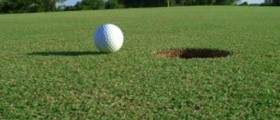


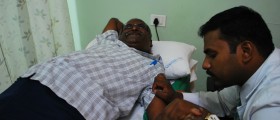

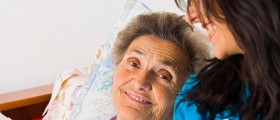

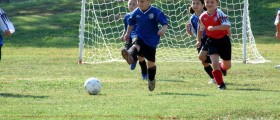



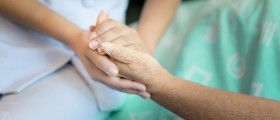


Your thoughts on this
Loading...